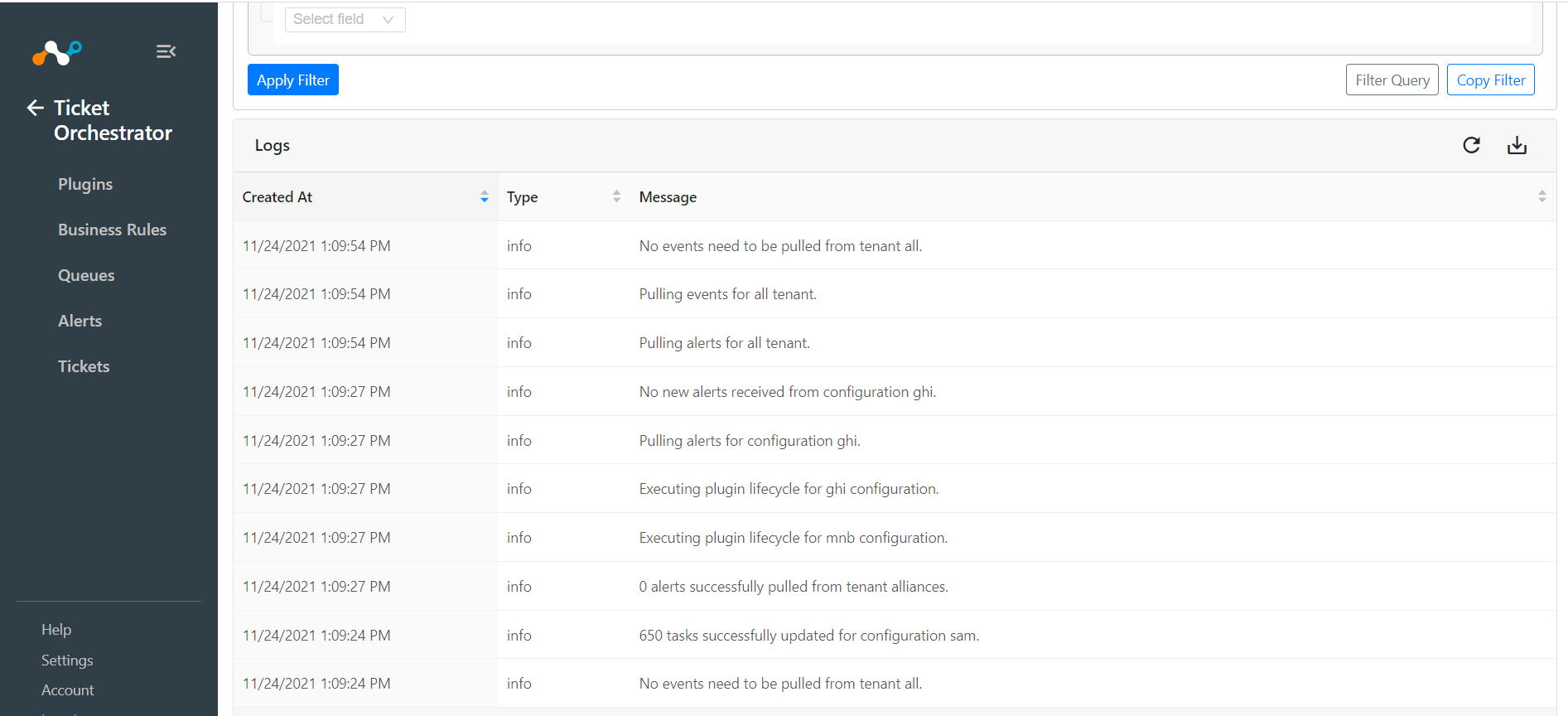Microsoft Teams Plugin for Ticket Orchestrator
This document explains how to configure your Microsoft Teams integration with the Ticket Orchestrator module of the Netskope Cloud Exchange platform.
To complete this configuration, you need:
A Netskope Tenant (or multiple, for example, production and development/test instances)
A Netskope Cloud Exchange tenant with the Ticket Orchestrator module already configured.
A Microsoft Teams account.
Create an Incoming Webhook URL.
Configure the Microsoft Teams plugin.
Configure Ticket Orchestrator Business Rules for Microsoft Teams.
Configure Ticket Orchestrator Queues for Microsoft Teams.
Validate the Microsoft Teams Plugin.
Click play to watch a video.
If you already have a team and channel created, jump to step 3.
To get an Incoming webhook URL, log in to your Microsoft Teams account and then click on Teams in the left panel. Click Create Team and then From scratch to create a basic team.
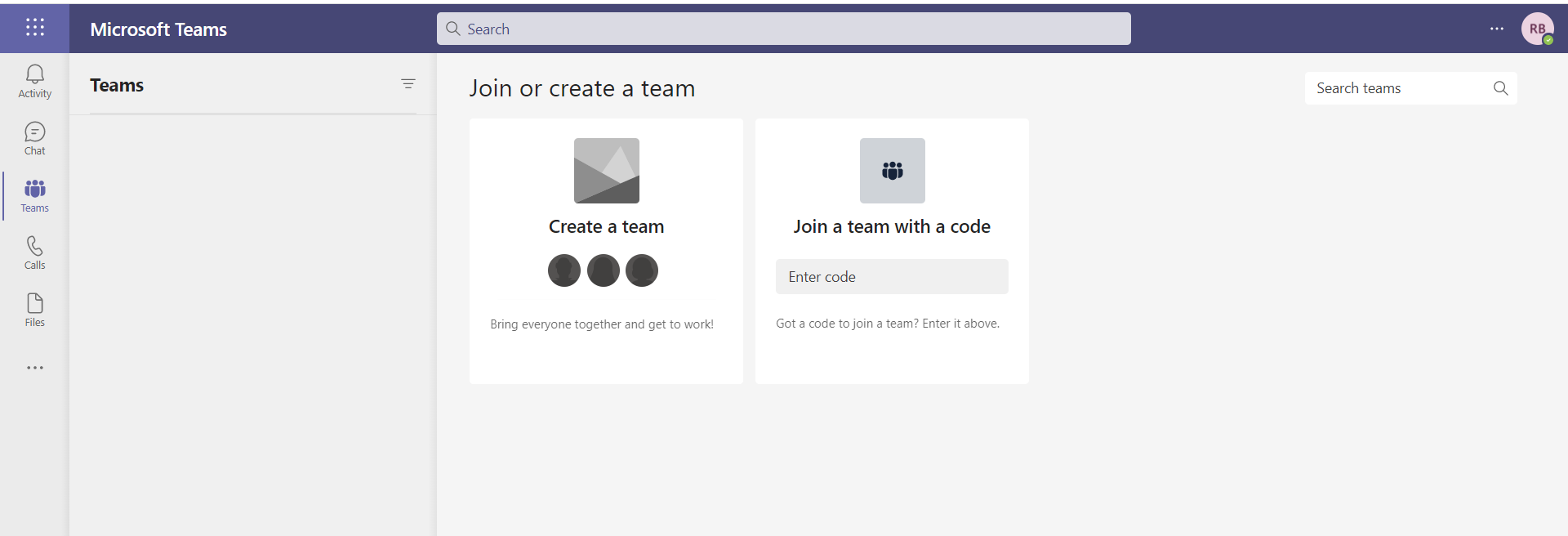
Click Public, enter a Team Name, and click Create. After creating a team, the option to add team members can be skipped.
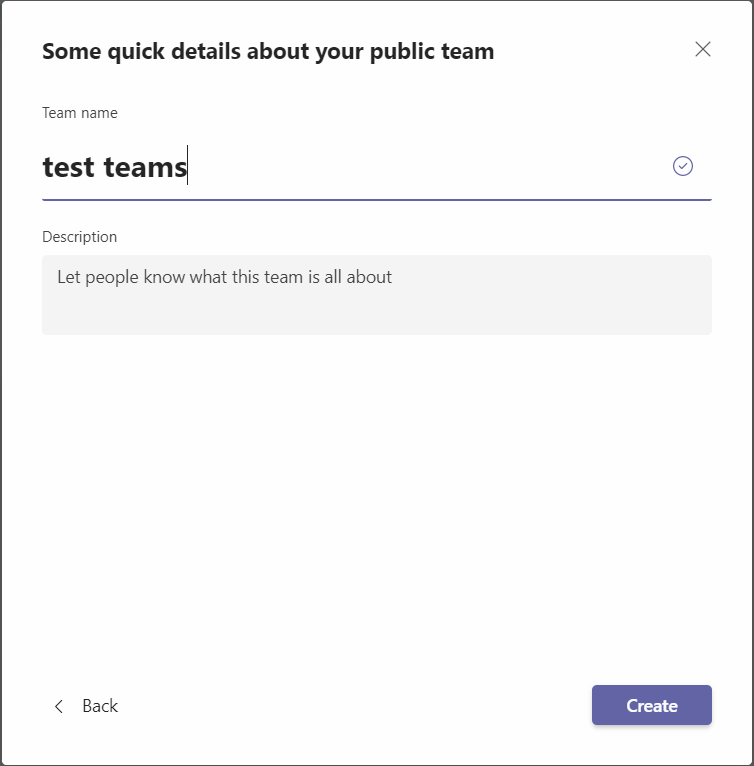
Click on Add channel by clicking the menu
 icon besides the team. Enter the name of your channel for Channel Name and click Create App.
icon besides the team. Enter the name of your channel for Channel Name and click Create App.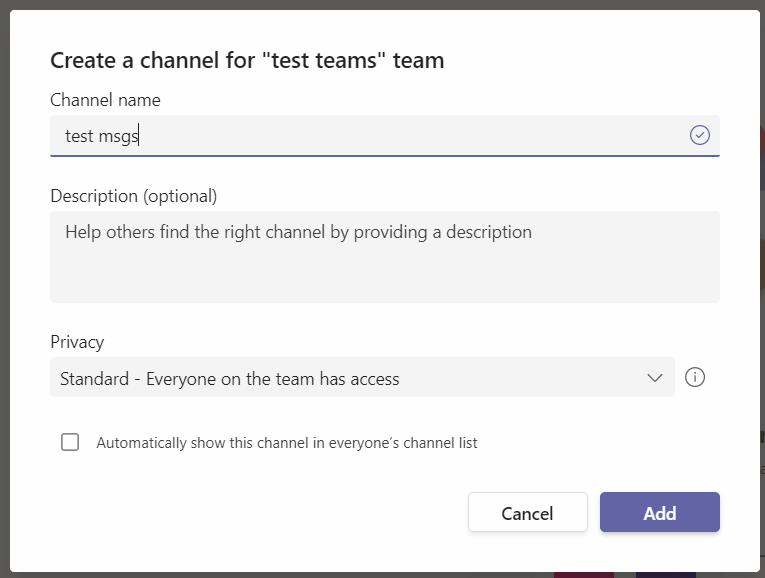
Click Apps in the left panel,. Click Add to Team, enter a Channel Name, and then click Set up a connector.
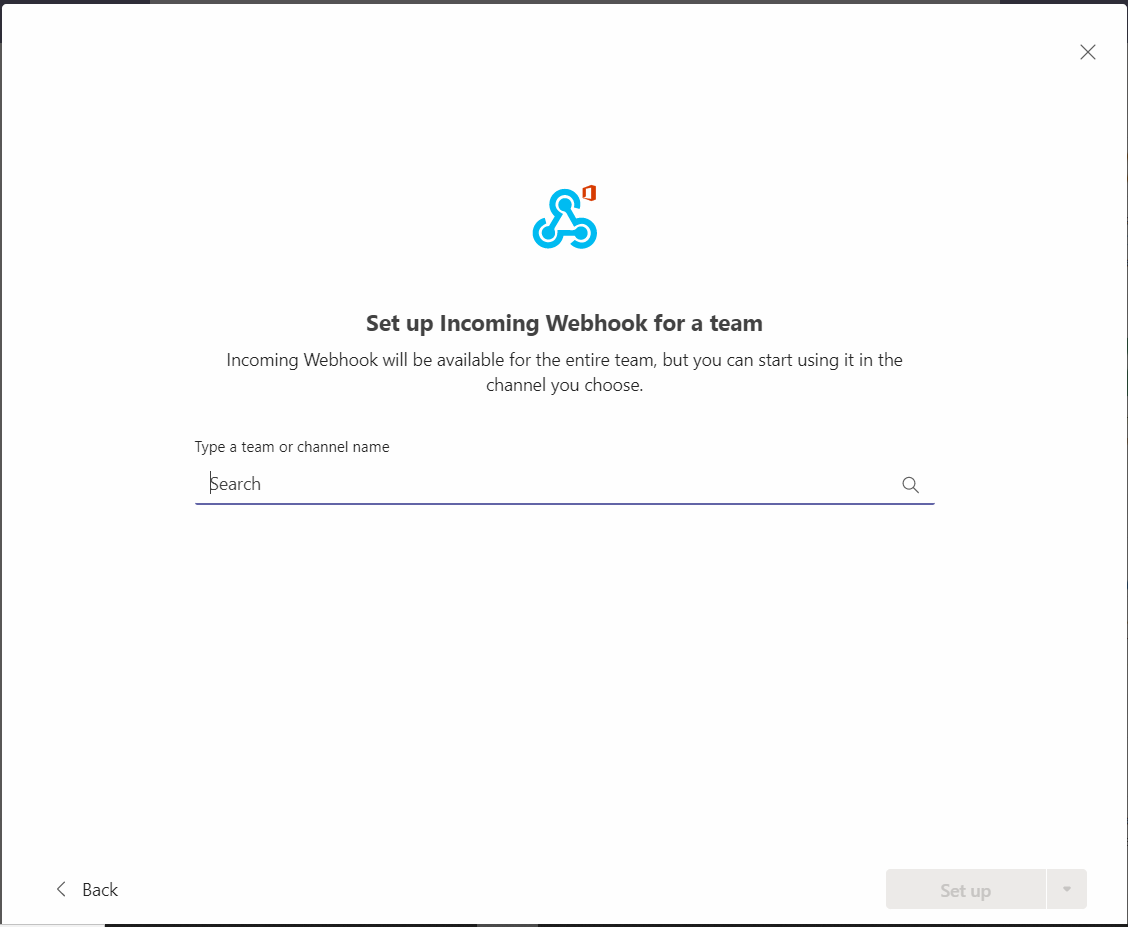
To set up a webhook, provide a name, and click Create.
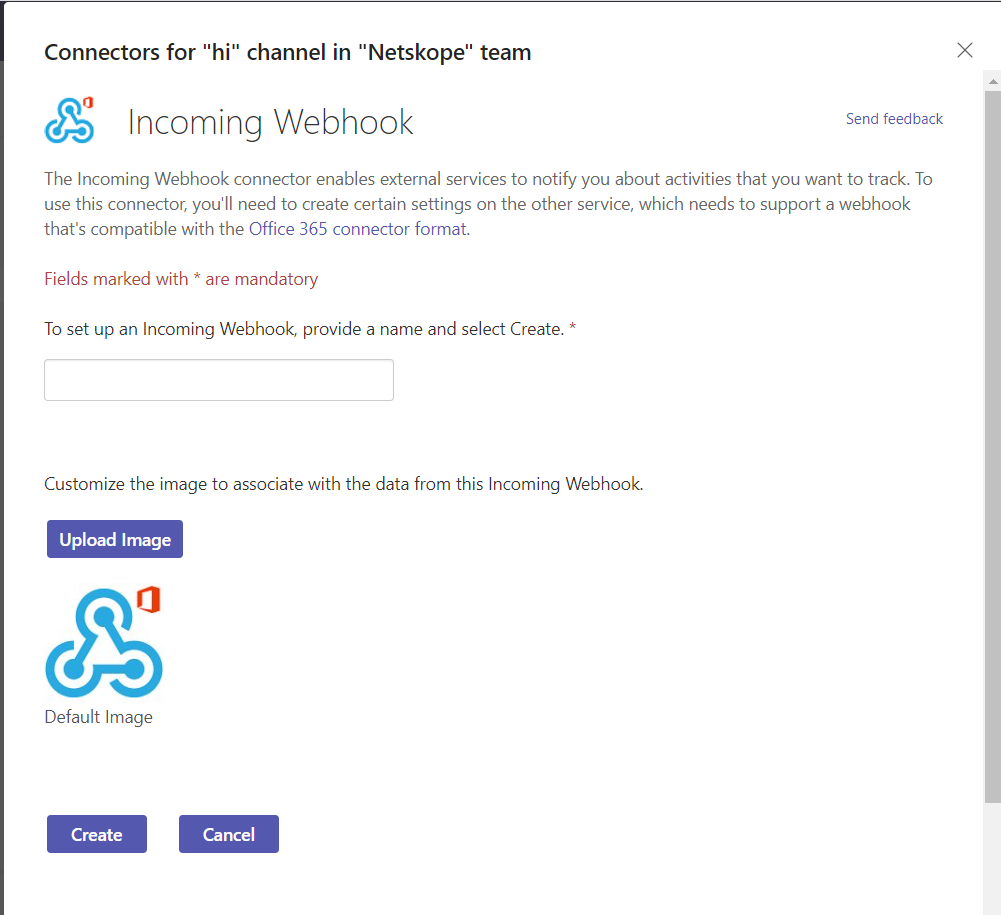
Click Copy to get the newly generated webhook URL. This will be used when configuring the Microsoft Teams plugin.
In Cloud Exchange, go to Settings > Plugins.
Search for and select the Microsoft Teams plugin box to open the plugin creation page (make sure Ticket Orchestrator is enabled. If not, go to Settings > General and enable the Ticket Orchestrator module).
Enter a Configuration Name and click Next.
Enter the Webhook URL from your Microsoft Teams account.
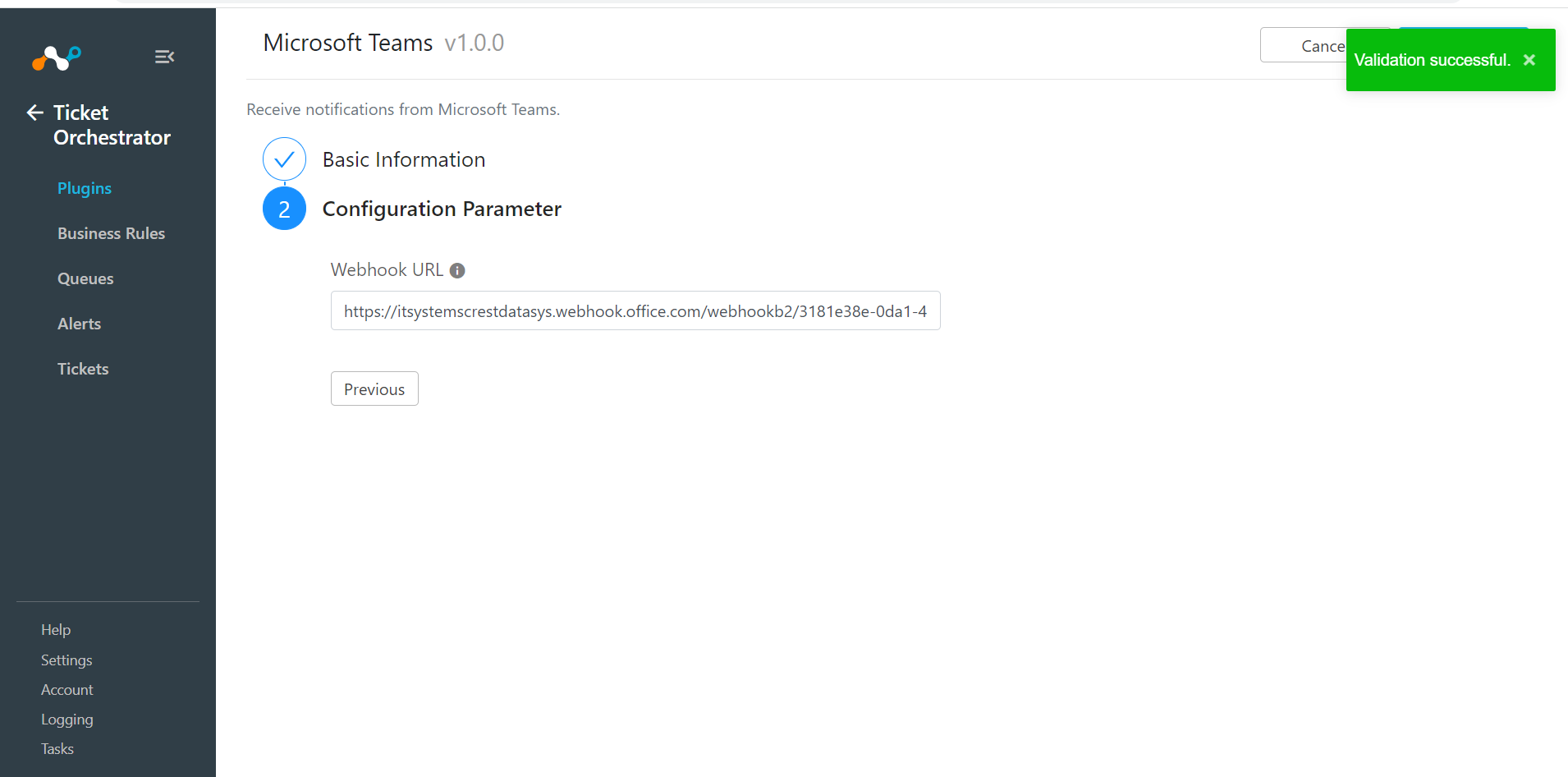
Click Save.
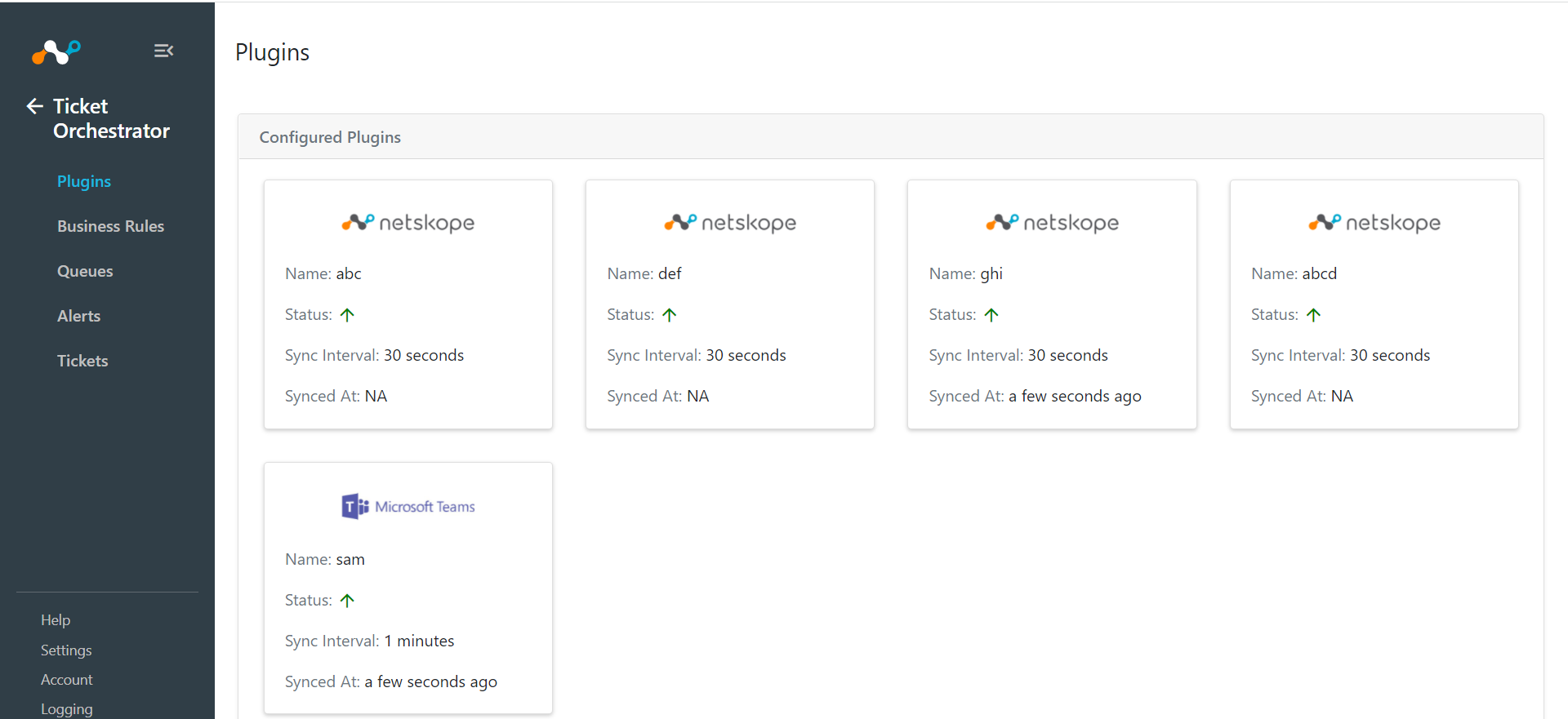
Go to Ticket Orchestrator and click Business Rules.
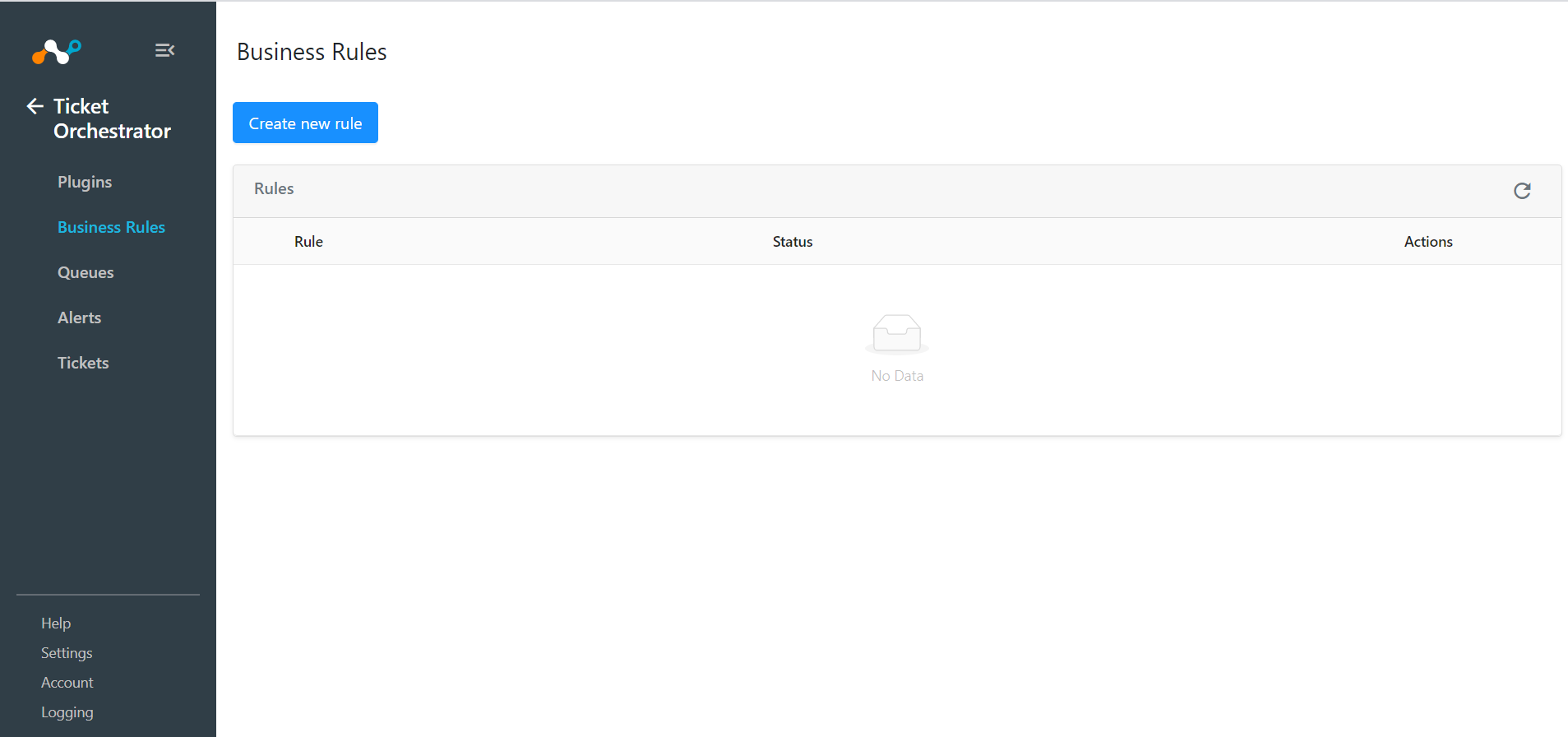
Click Create new rule.
Enter an appropriate Rule Name and build the appropriate filter query condition on field(s) for the business rule. You can also type the query manually by clicking Filter Query.
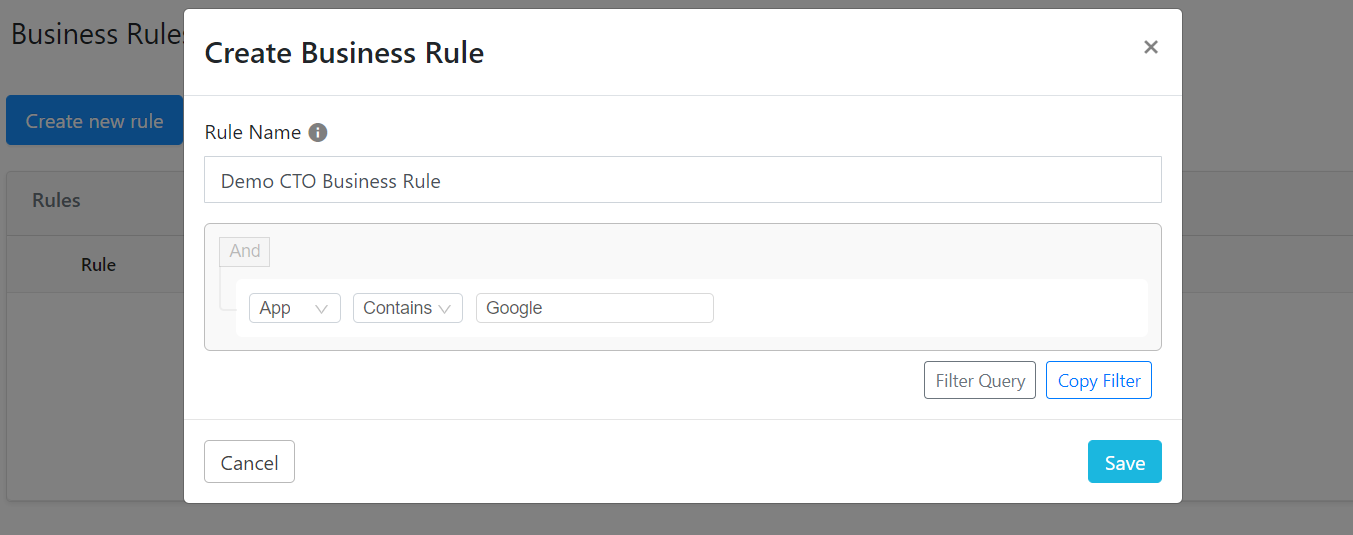
Click Save.
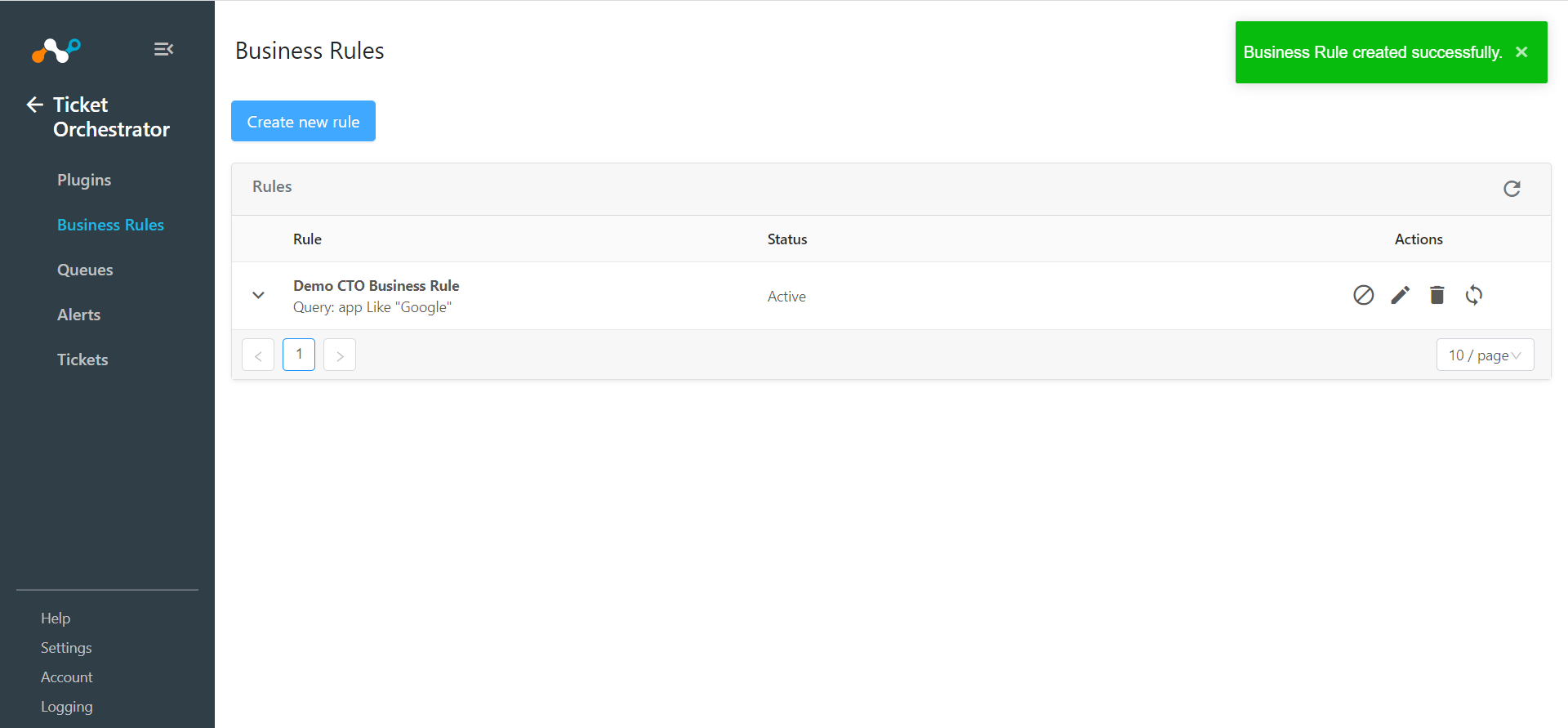
To create Mute Rule(s) and/or Deduplication Rule(s) for this business rule, click on the Business Rule you created.
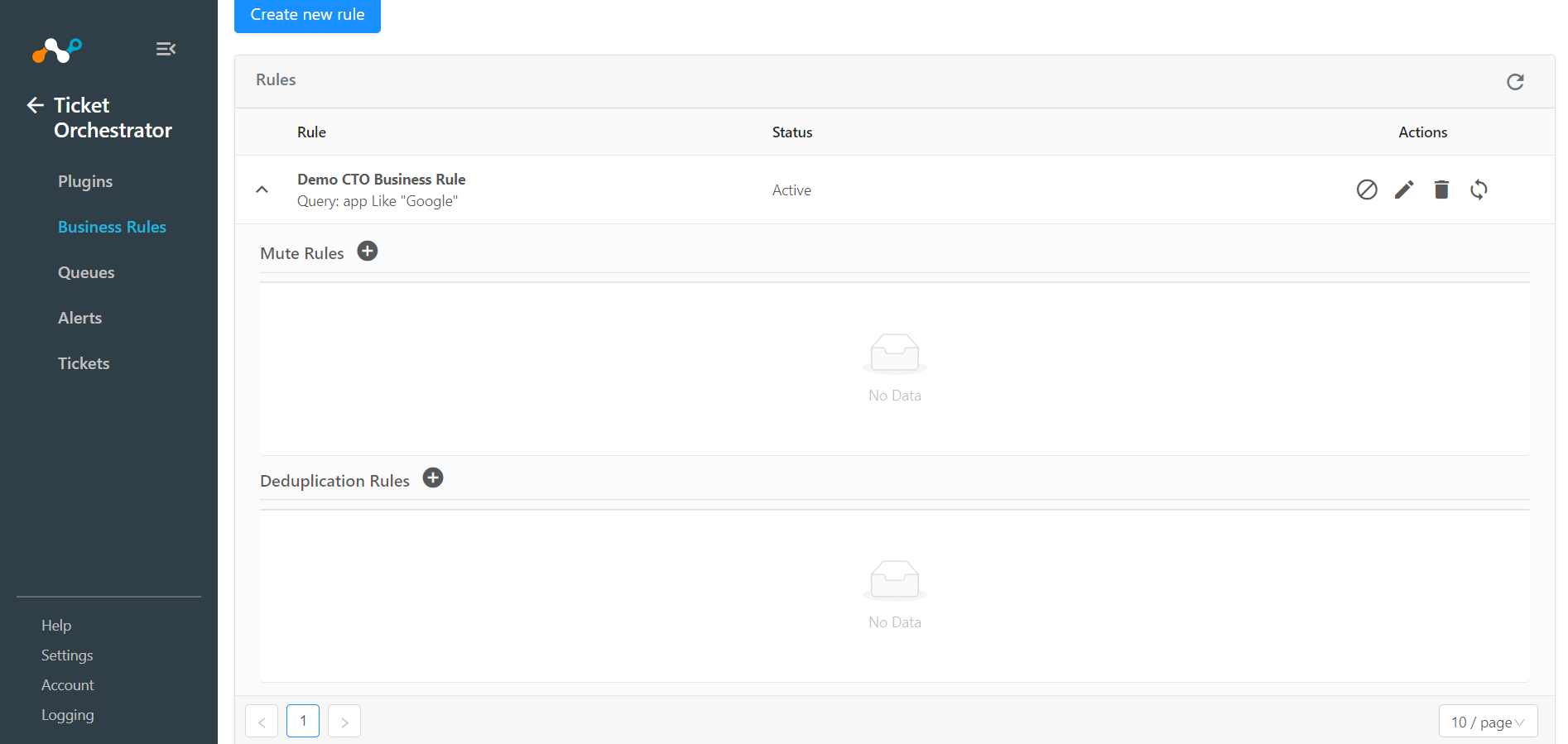
Click on the round “+” icon to create a new Mute Rule/Deduplication Rule.
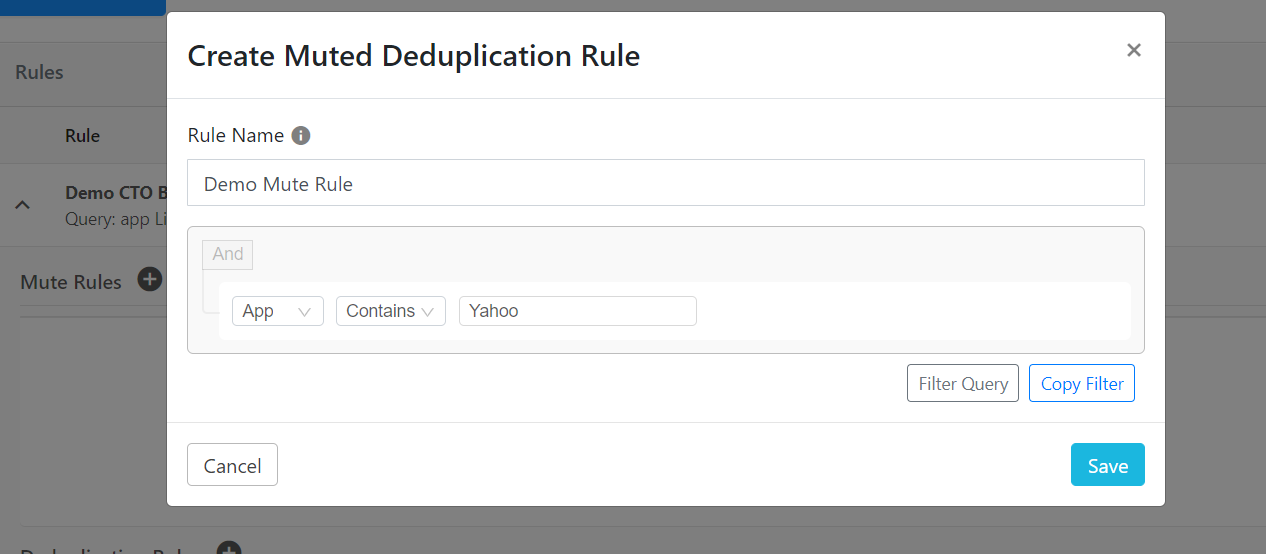
Enter a Rule Name, build the appropriate condition, and then click Save.
Similarly, Deduplication Rule(s) can be created.

To test the newly created business rule, click the refresh
 icon, enter a time period (in days), and click Fetch. This shows the number of alerts that are eligible for incident/ticket creation.
icon, enter a time period (in days), and click Fetch. This shows the number of alerts that are eligible for incident/ticket creation.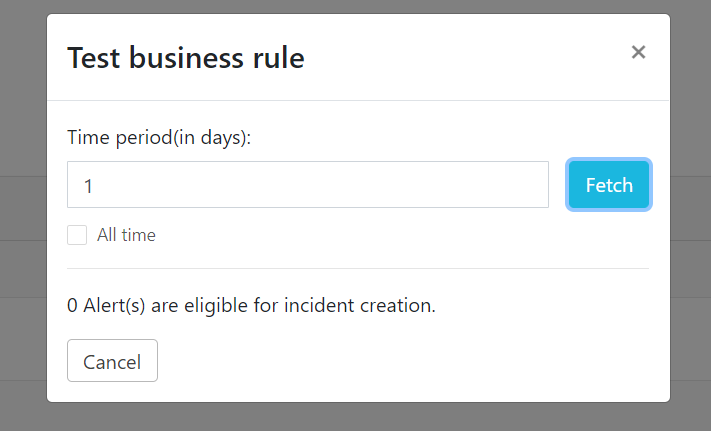
Go to Ticket Orchestrator and click Queues.
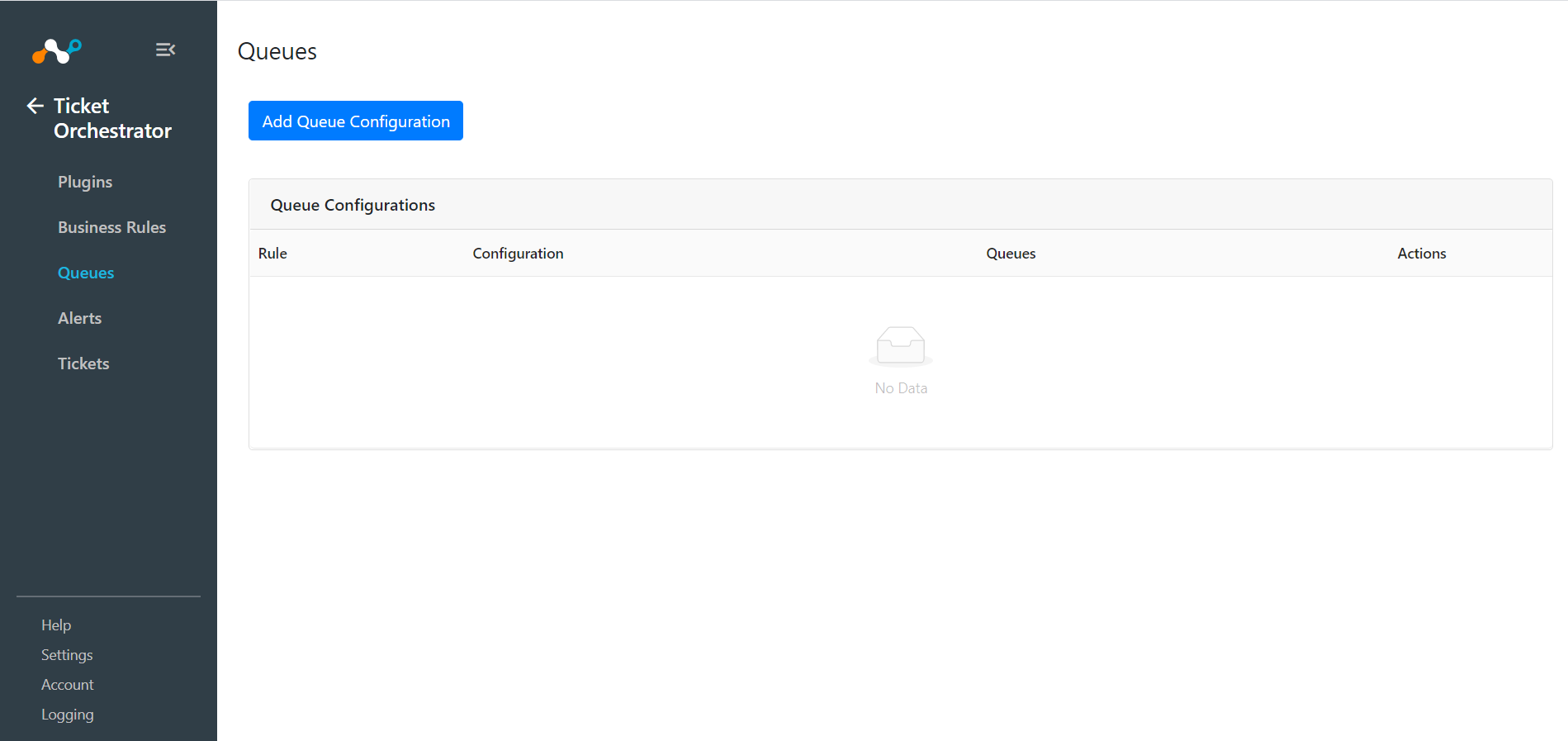
Click Add Queue Configuration.
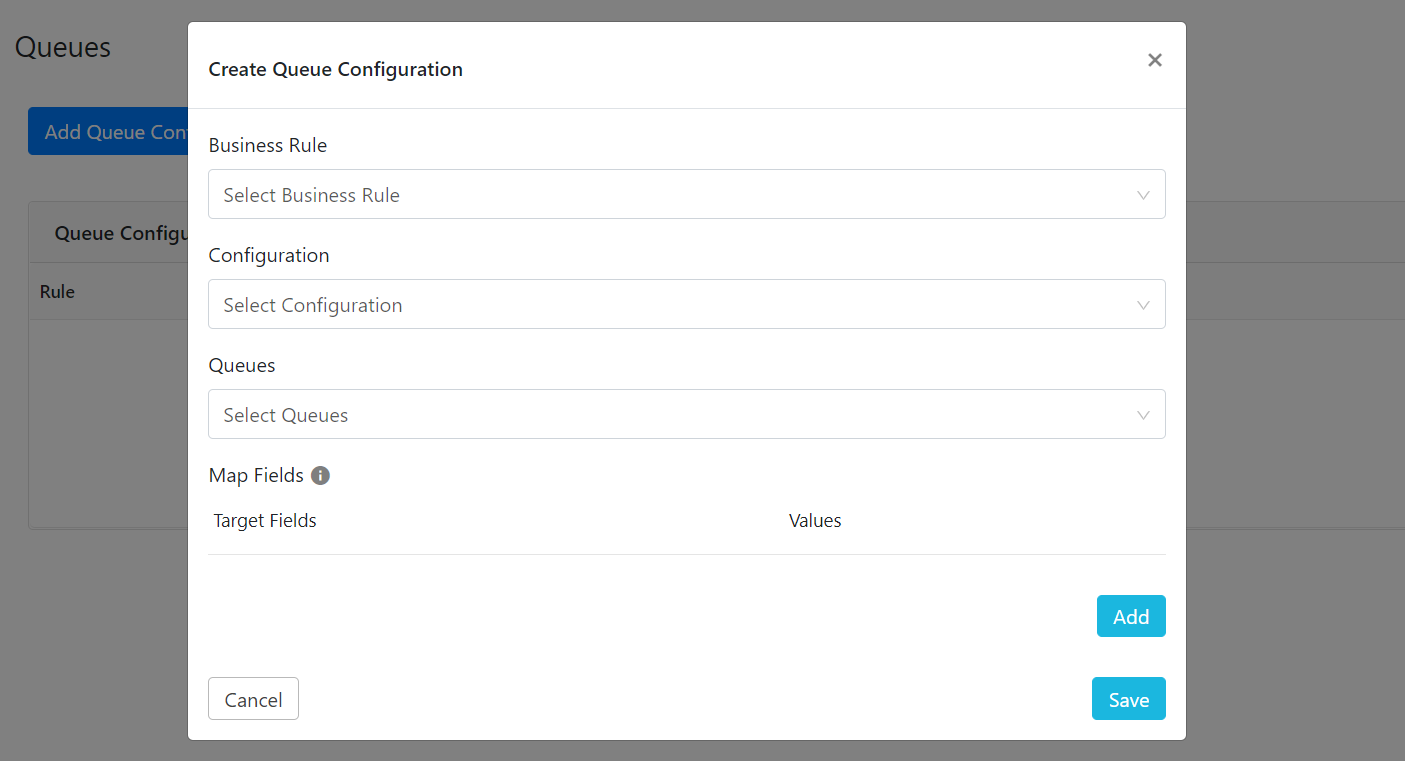
Select your previously created Business Rule from the dropdown.
Select the plugin Configuration from the dropdown for which the queue is being configured.
Select the Queues from the dropdown. For the Microsoft teams plugin, it should be a Notification queue.
Add/Map appropriate values between alerts and notification in the Map Field section. Alert’s attributes can be accessed via “$” in the custom message field. Click on the Add button to add more field mappings.
Click Save.
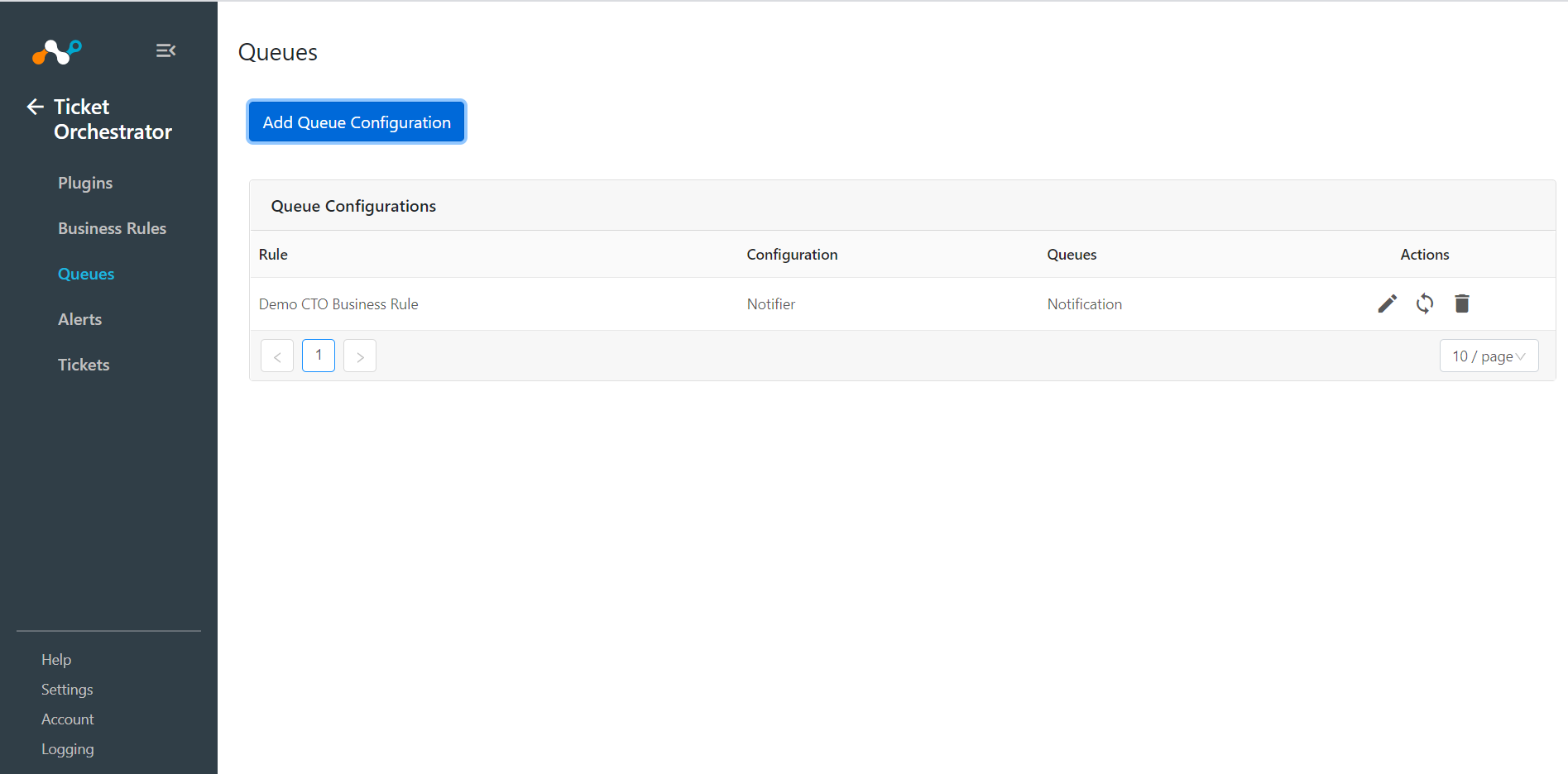
Based on the business rule(s), Notifications for incoming alerts will be sent automatically to the configured channel. To create notifications for historical alerts, click the refresh
 icon on the configured queue, enter the Time period (in days), and click Fetch. This shows the number of alerts that are eligible for sending notifications. Click on the Sync button to send the notification(s).
icon on the configured queue, enter the Time period (in days), and click Fetch. This shows the number of alerts that are eligible for sending notifications. Click on the Sync button to send the notification(s).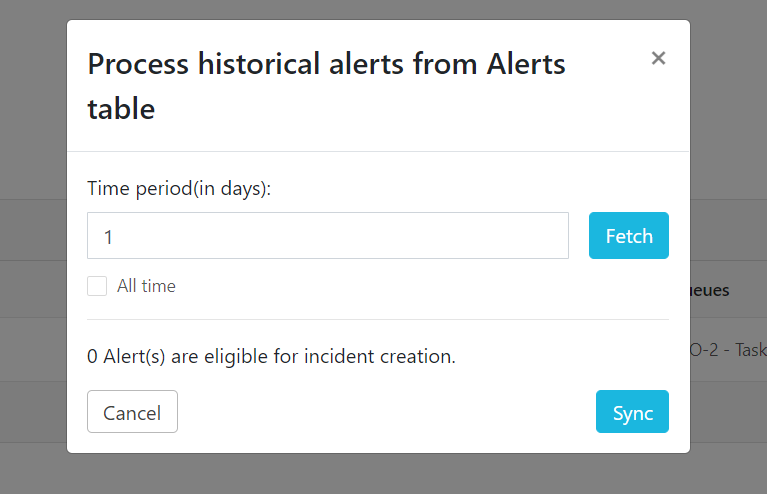
In order to validate the workflow, you must have Netskope Alerts.
Go to Ticket Orchestrator and click Alerts.
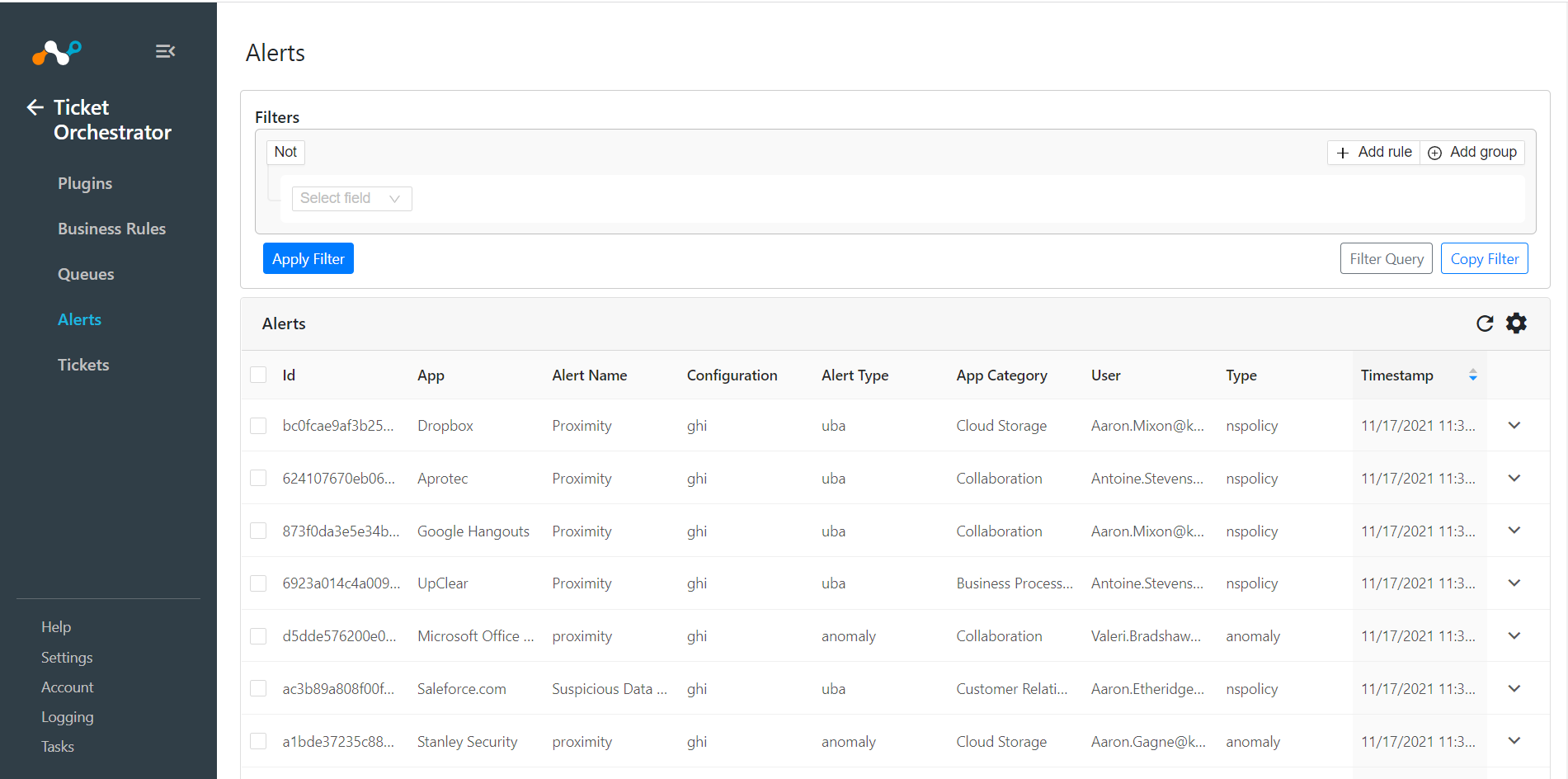
To view the message(s) sent to Teams, go to your configured channel.
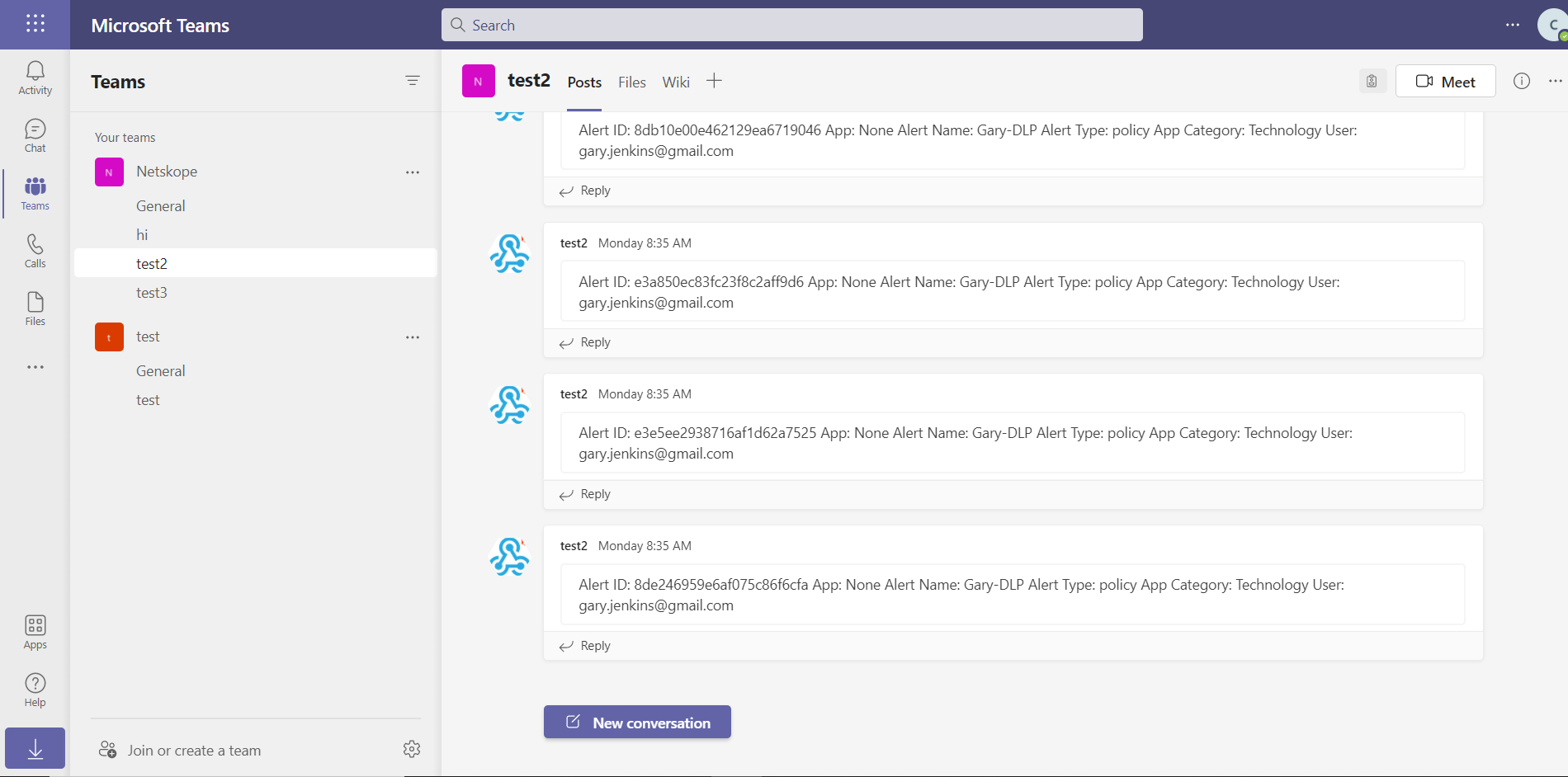
If notifications are not being sent to Teams, you can look at the audit logs in Cloud Exchange. In Cloud Exchange, click Logging to look through the logs for errors.
